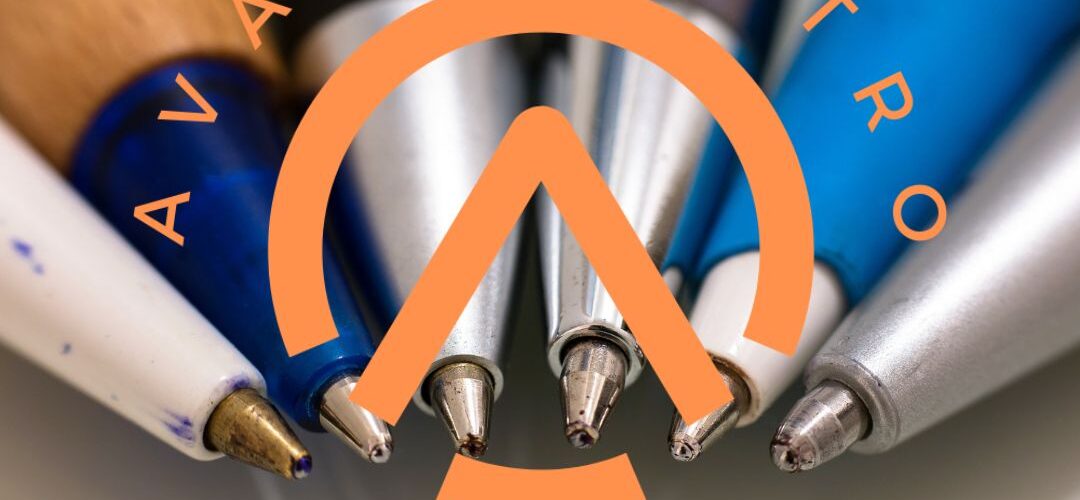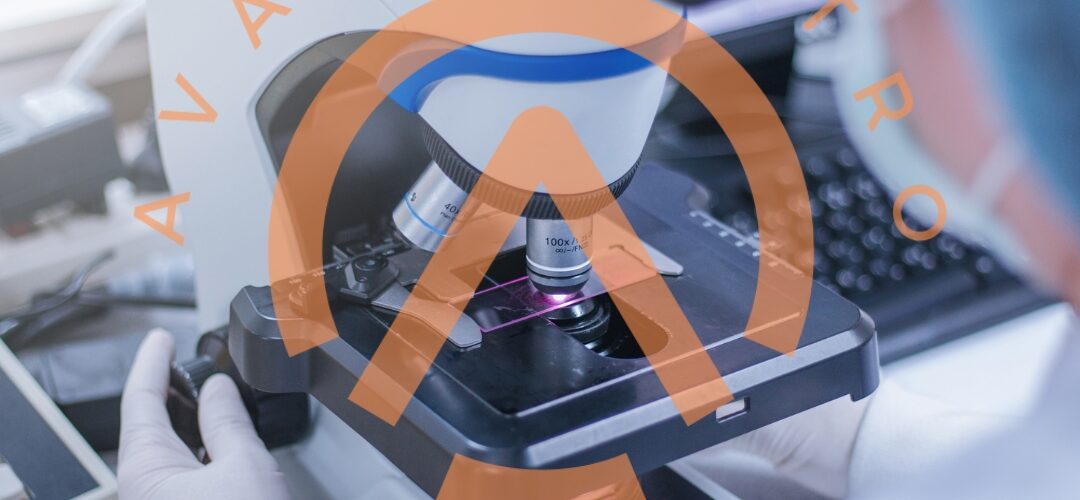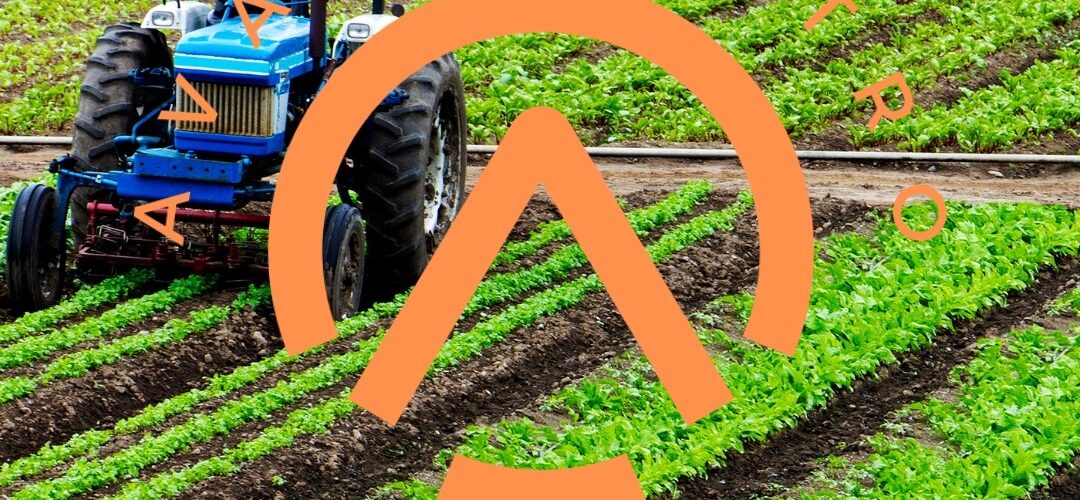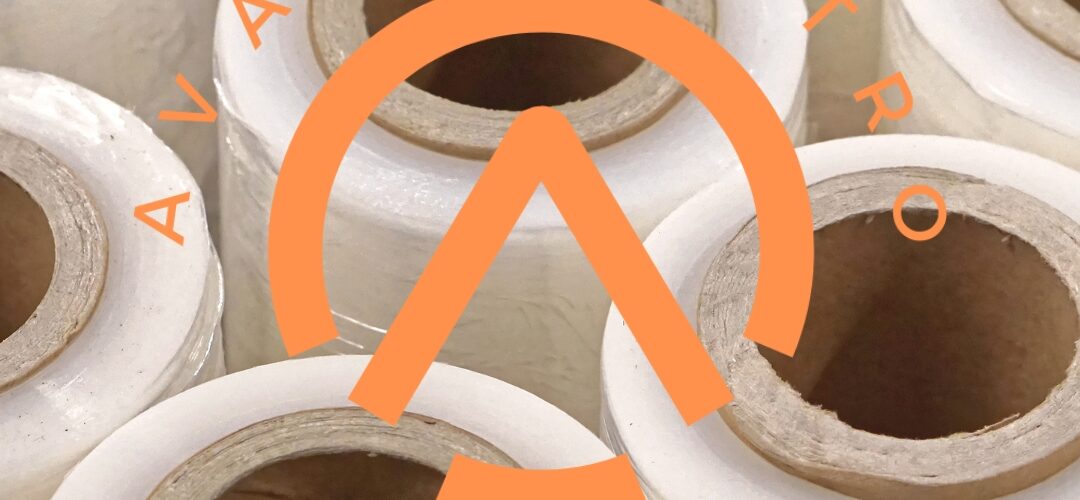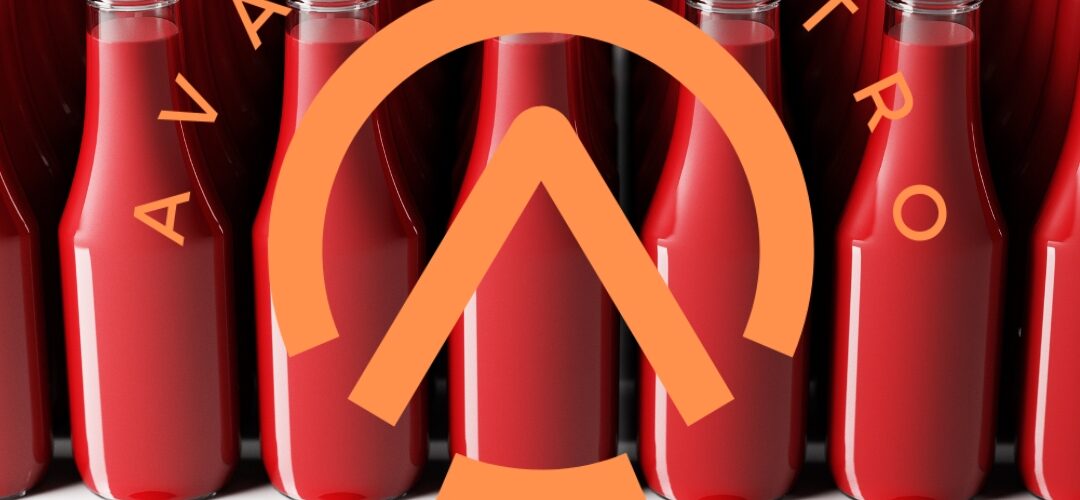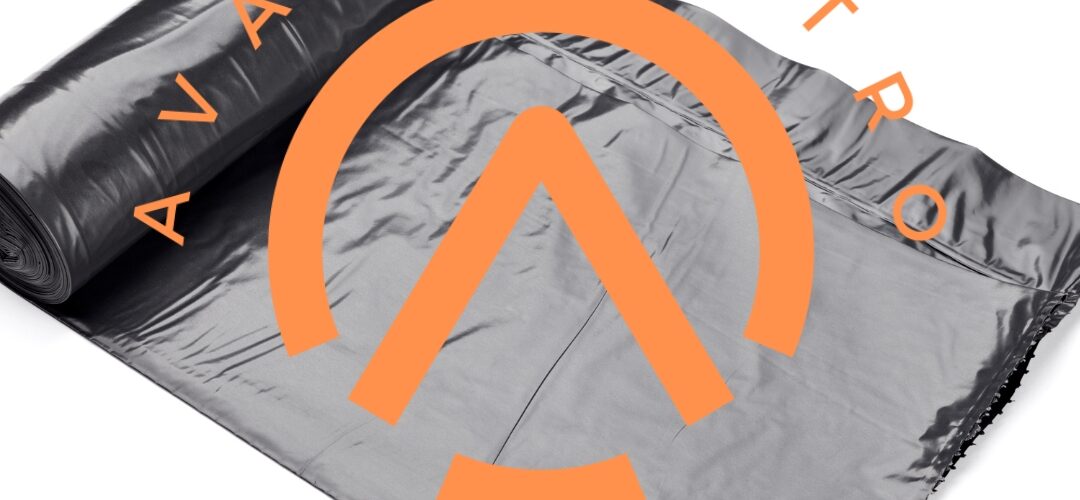The Production Process of Stretch Films: From 0 to 100
In the ever-evolving world of manufacturing, stretch films have emerged as a crucial component in the packaging industry. These versatile materials find applications in various sectors, from food packaging to logistics. In this comprehensive article, we will delve into the intricate production process of stretch films, covering every aspect from raw materials to the final product. Our aim is to provide a detailed overview that will not only educate but also serve as a valuable resource for anyone seeking to understand the journey from 0 to 100 in the stretch film production process.
Understanding the Basics
What Are Stretch Films?
Before we embark on the journey of stretch film production, it’s essential to understand what stretch films are. Stretch films, also known as stretch wrap or stretch wrap film, are highly elastic, thin plastic films that are commonly used for wrapping products to secure and protect them during transit or storage. They are widely recognized for their excellent stretchability and ability to cling to themselves, making them an ideal choice for various industries.
The Raw Materials
Polyethylene – The Foundation
At the heart of stretch film production lies the raw material – polyethylene. Polyethylene is a thermoplastic polymer that is derived from ethylene gas. It comes in various forms, but for stretch film production, two primary types of polyethylene are used: Low-Density Polyethylene (LDPE) and Linear Low-Density Polyethylene (LLDPE).
LDPE – The Versatile Option
LDPE is known for its versatility and ease of processing. It provides excellent clarity, making it ideal for applications where the visibility of the wrapped product is essential. Its relatively low tear resistance, however, makes it less suitable for heavy-duty applications.
LLDPE – Balancing Strength and Clarity
LLDPE, on the other hand, offers a balance between strength and clarity. It is a popular choice for stretch film production due to its improved tensile strength and puncture resistance. This makes it suitable for wrapping heavy or irregularly shaped loads.
Additives for Performance Enhancement
To enhance the properties of polyethylene, various additives are introduced during the manufacturing process. These additives can include anti-block agents, slip agents, and UV stabilizers. Anti-block agents reduce the friction between film layers, while slip agents improve the film’s slip characteristics. UV stabilizers protect the film from degradation due to exposure to ultraviolet light.
The Manufacturing Process
Stretch film manufacturing involves a combination of extrusion and stretching processes. Let’s explore each step in detail:
- Extrusion
The production process begins with the extrusion of the polyethylene resin. In this phase, the resin is melted and formed into a continuous sheet. The thickness and width of the sheet can be adjusted to meet specific requirements.
- Cooling
After extrusion, the hot polyethylene sheet is rapidly cooled to maintain its desired properties. Cooling is crucial as it ensures the film retains its strength and clarity.
- Stretching
This is the defining step in stretch film production. The film is stretched in both the machine direction (MD) and transverse direction (TD). This stretching aligns the polymer molecules and imparts the film with its characteristic stretchability.
- Heat Setting
To lock in the film’s stretched state, it is passed through a heat setting process. This step is essential for maintaining the film’s mechanical properties.
Quality Control
Ensuring the quality of stretch films is of paramount importance. Manufacturers implement rigorous quality control processes to check for consistency in thickness, clarity, strength, and stretchability. This guarantees that the final product meets the required standards.
The Final Product
Once the stretch film has undergone the entire production process and passed quality control, it is wound onto large rolls. These rolls are then ready for distribution and consumption. The stretch film can be further customized based on the requirements of different industries, with options for various thicknesses, colors, and additives.
Applications of Stretch Films
Stretch films find applications in a wide range of industries, including:
- Manufacturing: Protecting and securing products during production and transportation.
- Food Industry: Ensuring the freshness and hygiene of food products.
- Logistics: Stabilizing and safeguarding palletized goods during shipping.
- Tarım: Wrapping silage bales for animal feed preservation.
- Construction: Covering and protecting construction materials.
- Retail: Bundling and securing products on shelves.
Sustainability in Stretch Film Production
In recent years, there has been a growing emphasis on sustainability in stretch film production. Manufacturers are making conscious efforts to reduce the environmental impact of these materials. The introduction of biodegradable and recyclable stretch films is one notable example of this shift.
Biodegradable Stretch Films
Biodegradable stretch films are designed to break down naturally over time, reducing the accumulation of non-recyclable waste in landfills. These films are typically made from biodegradable resins like polylactic acid (PLA) or other environmentally friendly materials. They offer a sustainable solution for industries that are committed to reducing their carbon footprint.
Recyclable Stretch Films
Recyclable stretch films are engineered to be easily recyclable, which helps in the reduction of plastic waste. By using recyclable materials, industries can actively participate in the circular economy, promoting the responsible use of resources.
Innovations in Stretch Film Technology
The stretch film industry continues to evolve with advancements in technology and material science. These innovations aim to improve the performance, efficiency, and sustainability of stretch films.
Nano-layer Technology
One notable breakthrough is the implementation of nano-layer technology. This involves adding ultra-thin layers to the stretch film, which enhances its strength and puncture resistance while using less material. This not only reduces waste but also contributes to cost savings.
Pre-stretch Technology
Pre-stretch technology is another game-changer. It involves mechanically stretching the film before applying it to a load, which maximizes the film’s yield and minimizes the amount of stretch film needed. This not only reduces material consumption but also leads to more consistent and secure packaging.
Customization
Manufacturers are increasingly offering customization options for stretch films. This means that businesses can choose the exact properties they need, such as thickness, color, and additives, to meet their specific requirements.
Stretch Films in the E-commerce Era
The rise of e-commerce has significantly increased the demand for stretch films. With the explosion of online shopping, products need to be securely wrapped and protected during transit. Stretch films play a pivotal role in ensuring that products reach customers in optimal condition.
Protecting Products
For e-commerce businesses, ensuring the safe delivery of products to customers is paramount. Stretch films provide an extra layer of protection, safeguarding goods from potential damage during the shipping process.
Reducing Returns
In the e-commerce industry, returns can be costly and time-consuming. By using stretch films effectively, companies can decrease the likelihood of returns due to damaged goods, saving both time and resources.
The Future of Stretch Films
As technology and sustainability efforts continue to shape the stretch film industry, the future looks promising. Stretch films are expected to become even more efficient, eco-friendly, and customizable. These materials will continue to play a crucial role in various industries, meeting the ever-evolving demands of modern packaging and logistics..
Conclusion
The production of stretch films, from raw materials to the final product, is a meticulously engineered process that caters to the diverse needs of industries worldwide. Understanding the intricacies of stretch film production allows us to appreciate the vital role these materials play in modern packaging and logistics. As the demand for sustainable packaging solutions grows, innovations in stretch film production continue to shape the industry.
Certainly, it’s essential to recognize reliable suppliers in the stretch film production industry. One such notable supplier is AvavinPetro, a trusted name in the field of providing high-quality raw materials for stretch film production.
AvavinPetro: Your Reliable Supplier of Raw Materials for Stretch Film Production
When it comes to manufacturing stretch films of exceptional quality, choosing the right supplier for raw materials is crucial. AvavinPetro has established itself as a leading and reliable supplier of raw materials specifically designed for stretch film production.
High-Quality Polyethylene Resins
AvavinPetro specializes in offering premium polyethylene resins, the foundation of stretch film production. These resins are known for their consistent quality and reliability. Manufacturers in the stretch film industry can rely on AvavinPetro for a steady supply of both Low-Density Polyethylene (LDPE) and Linear Low-Density Polyethylene (LLDPE).
Additives for Optimal Performance
To enhance the properties of polyethylene resins, AvavinPetro provides a wide range of additives, including anti-block agents, slip agents, and UV stabilizers. These additives are carefully selected to meet the specific needs of stretch film manufacturers, ensuring that the final product exhibits superior performance and durability.
Commitment to Sustainability
In alignment with the growing demand for sustainable packaging solutions, AvavinPetro offers eco-friendly options, such as biodegradable and recyclable raw materials. By partnering with AvavinPetro, manufacturers can actively contribute to reducing the environmental impact of stretch film production.
Customization and Support
One of the key strengths of AvavinPetro is its commitment to customization. They work closely with manufacturers to provide raw materials tailored to their unique requirements. Whether it’s adjusting thickness, incorporating specific additives, or meeting color preferences, AvavinPetro ensures that the raw materials meet the exact needs of their customers.
Reliable Supply Chain
Consistency in the supply chain is paramount in the manufacturing industry. AvavinPetro has built a reputation for its reliability in delivering raw materials on time, allowing manufacturers to maintain seamless production processes and meet customer demands.
Trust AvavinPetro for Your Stretch Film Production Needs
In the competitive world of stretch film production, having a reliable supplier like AvavinPetro can make all the difference. Their commitment to quality, sustainability, and customization sets them apart as a trusted partner for manufacturers seeking to produce top-notch stretch films.
As you embark on the journey of stretch film production, consider AvavinPetro as your go-to source for high-quality raw materials and additives. Their expertise and dedication to excellence ensure that your stretch films will meet the highest standards in the industry.
To learn more about AvavinPetro and how they can support your stretch film production needs, visit our website or get in touch with our team today. By partnering with AvavinPetro, you’re making a significant step toward ensuring the success and quality of your stretch film production process.
Written by Emir Narin
https://www.instagram.com/ecotradehub

